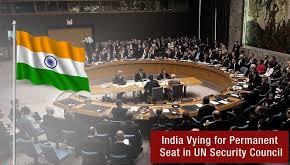
When Aniruddha Rajput, a 33-year-old private lawyer from India was nominated for the International Law commission (ILC) election, he didn’t know that he would possibly be the youngest ever member of the ILC. Rajput was already practicing in the Supreme Court of India for six years.
Rajput was involved in the consultations for decisions regarding the amendment of the Indian Arbitrations Act. He was also a part of the drafting committee of the National Sports Development Bill of 2011.
The Ministry of External Affairs nominated him for the ILC elections. He was pursuing his PhD then. He became a member of the International Law Commission (ILC) in 2017.
Picture Credit : Google





